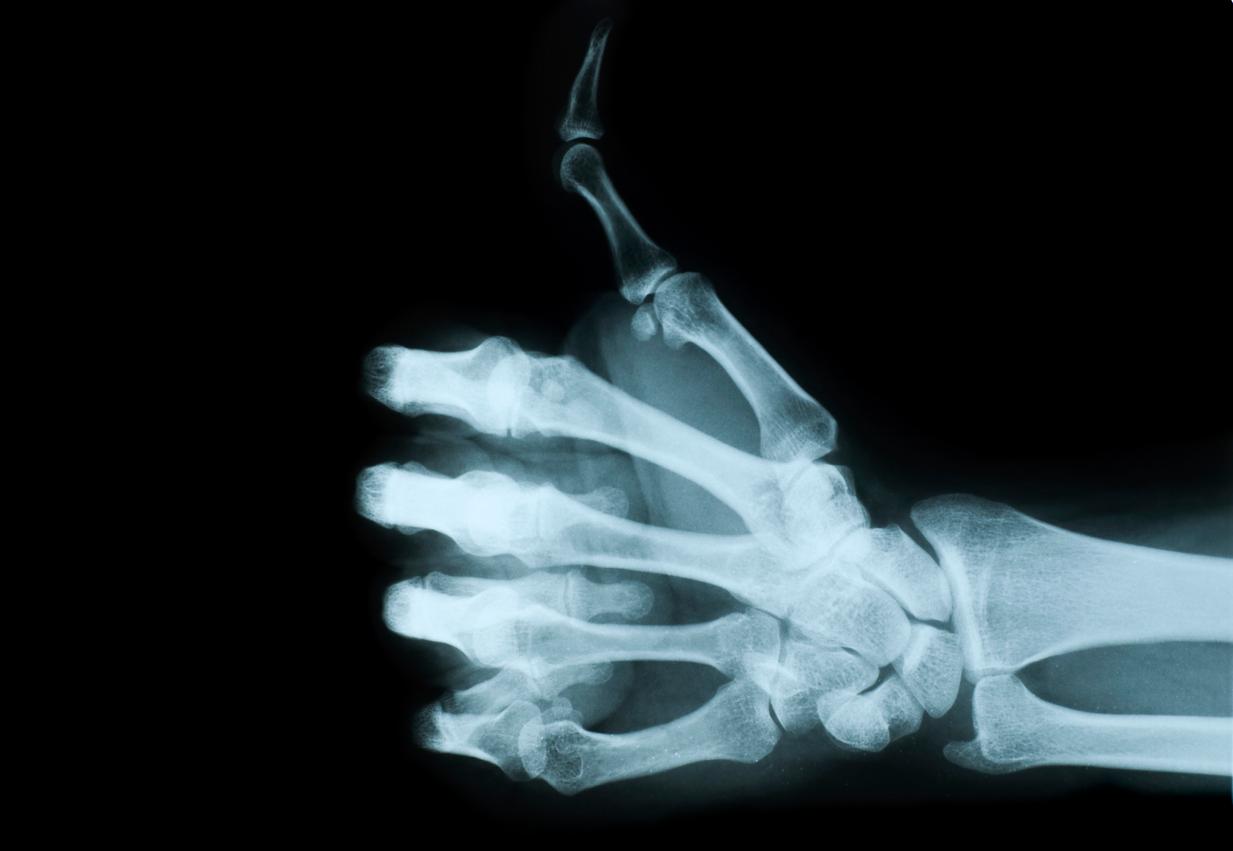
Osteoporosis
Introduction
Osteoporosis is characterized by a reduced bone mass and deterioration of the architecture of bone, giving an increased risk of fracture. A
Apart from age, a low BMD is the greatest risk factor for a fracture. In addition other clinical risk factors i.e. having already suffering a low impact fracture, a parental history of hip fracture, a high alcohol intake and having rheumatoid arthritis are all predictors of fracture at least partially independent of BMD.
One in two women and one in five men over the age of 50 yrs fracture a bone mainly due to poor bone health. Hip fractures alone account for one in five orthopaedic beds and the incidence has been predicted to rise. Fragility fractures cause substantial pain and disability, and are associated with decreased life expectancy. Many of these fractures could be prevented by identifying high risk patients and ensuring management and support as per national guidelines.
Osteoporosis is increasingly being recognised as a long term condition with the majority of care taking place in Primary care.
Reference: Osteoporosis Facts and Figures. National Osteoporosis Society.
Aims Objectives
On completion of the resource you should:
- Have an improved knowledge of Osteoporosis; its identification, assessment, treatment and patient support information.
Contents
- 1.
- 2.
Introduction
Osteoporosis is characterized by a reduced bone mass and deterioration of the architecture of bone, giving an increased risk of fracture. A
Apart from age, a low BMD is the greatest risk factor for a fracture. In addition other clinical risk factors i.e. having already suffering a low impact fracture, a parental history of hip fracture, a high alcohol intake and having rheumatoid arthritis are all predictors of fracture at least partially independent of BMD.
One in two women and one in five men over the age of 50 yrs fracture a bone mainly due to poor bone health. Hip fractures alone account for one in five orthopaedic beds and the incidence has been predicted to rise. Fragility fractures cause substantial pain and disability, and are associated with decreased life expectancy. Many of these fractures could be prevented by identifying high risk patients and ensuring management and support as per national guidelines.
Osteoporosis is increasingly being recognised as a long term condition with the majority of care taking place in Primary care.
Reference: Osteoporosis Facts and Figures. National Osteoporosis Society.
Aims Objectives
On completion of the resource you should:
- Have an improved knowledge of Osteoporosis; its identification, assessment, treatment and patient support information.
Related modules
View all Modules